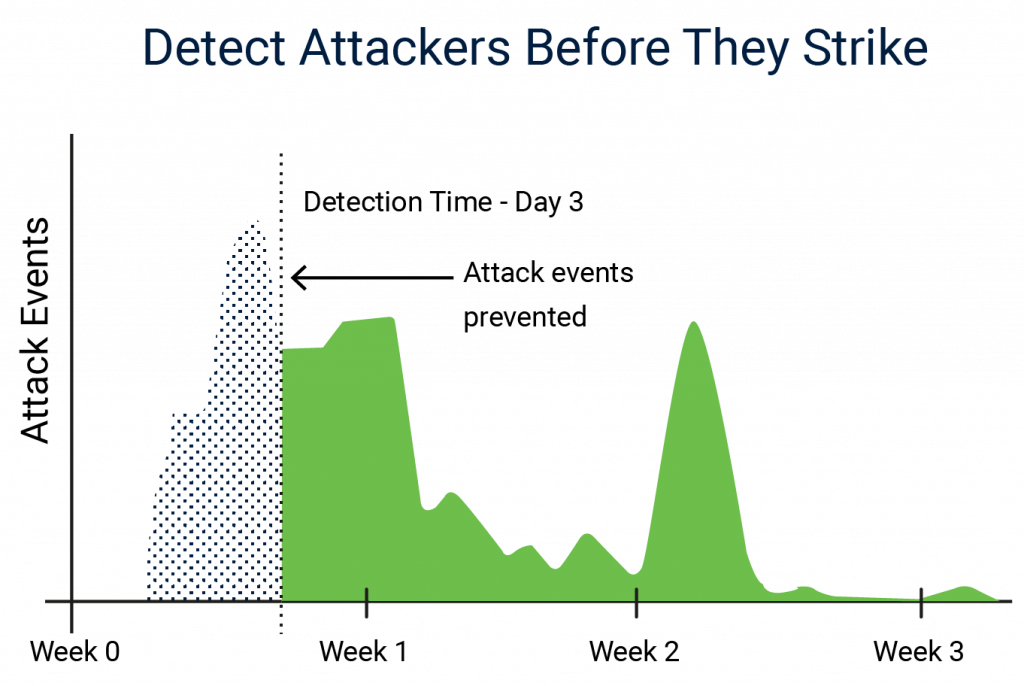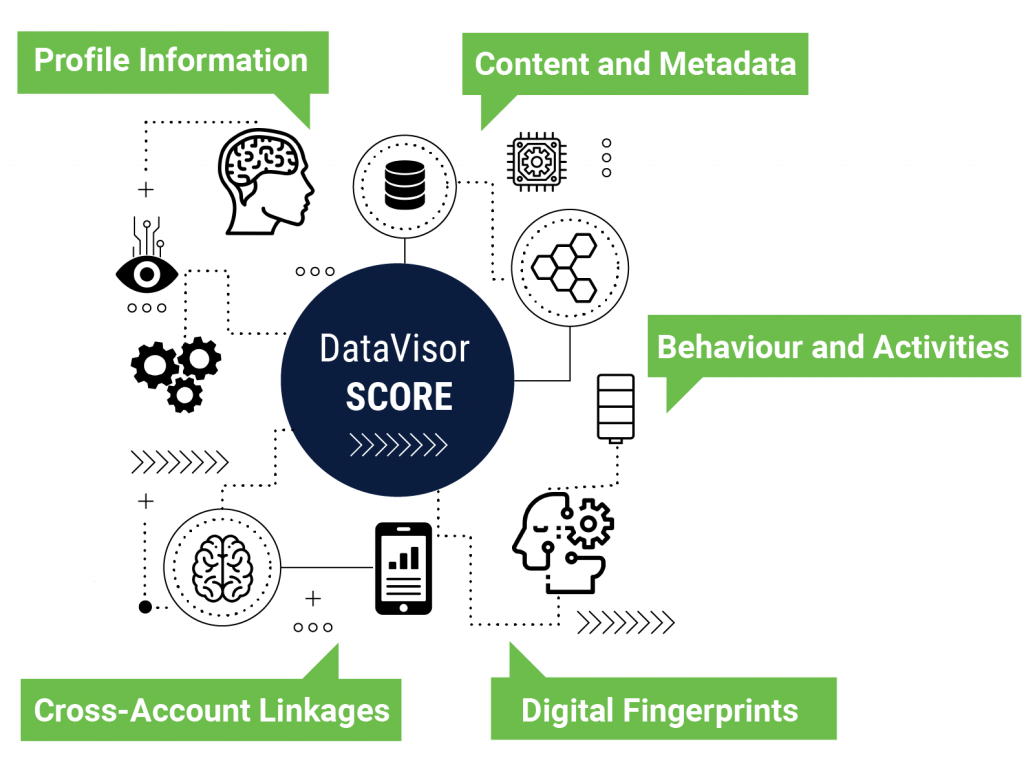Digital Fraud Wiki
Your source for the latest fraud intelligence, insights, research, and commentary.
Bot Attacks
What is a Bot?
A bot is a software application that is programmed to perform repetitive, automated tasks over the internet. Thanks to malicious bots, fraudsters can automate many of the tasks required to commit various forms of online fraud. Fraudsters today can initiate massive bot attacks to execute nearly any type of online fraud at scale.
How Do Fraudsters Use Bots?
Bad actors use bots to accelerate the speed and scale at which they commit fraud and cleverly disguise fraudulent activities. Also, fraudsters have intensified their attacks by turning to advanced persistent bots (APB).APBs are capable of multiple obfuscation techniques. They can closely emulate human behavior, rotate IPs, and distribute fraud attacks across thousands of IP addresses. APBs allow fraudsters to disguise coordinated fraudulent activities as authentic looking user transactions and behavior.No company conducting business online is immune to bots, and even those that deploy multi factor authentication measures.Here are a few examples of how malicious bots are used for fraud:
- Ecommerce Bot Fraud
Fraudsters obtain credit card numbers through data theft, the dark web, cyber attacks, or social engineering. In the past, they would test these numbers by manually making small online purchases. Thanks to malicious bots, the process for testing stolen credit card numbers can be automated entirely. Fraudsters can test thousands of stolen credit card numbers quickly and easily.
- Marketplace Bot Attacks
Fraudsters use bots to commit product listing fraud by automatically generating massive numbers of fake product reviews from templates. These reviews are used to boost the visibility of fake product listings on online marketplaces.
- E-Gift Card Theft
Before, fraudsters had to go to retail stores to write down gift card numbers to steal the balances. However, most fraudsters today use botnets to execute blunt force attacks on e-gift card websites.A botnet is a network of devices where each device is running one or multiple bots.
- Account Takeovers
Fraudsters can use malicious bots to gain command and control over user accounts by employing credential stuffing techniques.These involve large scale automated sign-in attempts. Fraudsters use known usernames (most often leaked email addresses) and test out multiple possible passwords to find the right pair. Sometimes, they use permutations of the username owners' sensitive information to increase accuracy, as obtained by scraping their social media presence. These attacks are often referred to as brute-force attacks too.Weak application security and compromised devices might also play a part in account takeover attacks.Learn more about how your business can protect its users' accounts.
- Application Fraud
Fraudsters use bots to initiate massive fraudulent loan applications against lenders and financial institutions. Traditionally, fraudsters would complete credit applications individually and offline. However, many financial services firms now offer online lending services.Fraudsters use botnet attacks to automatically create hundreds, often thousands, of credit applications all at once through digital channels. Fraudsters also use bots to emulate the behavior of legitimate borrowers which makes the fraudulent credit accounts hard to detect.Learn more about how your business can stop application fraud!
How to Stop Bot Attacks
Automated bot attacks come at massive scale and evolve rapidly, targeting weak points across the customer journey. Traditional, reactive fraud solutions that rely on known patterns and historical data don’t stand a chance against modern fraudsters. Stopping AI-powered fraud attacks in real time requires an advanced defense. Firms need the full spectrum of fraud detection and prevention capabilities and a focus on preventing damage before it happens.
A Holistic and Contextual Approach is Key
No matter the type of fraud, an online account created and maintained by a bot will likely appear legitimate when analyzed in isolation. Sophisticated bots such as APBs obfuscate fraudulent transactions and realistically emulate the activities of real users. To fight sophisticated fraud attacks, organizations must take a holistic and contextual approach to fraud detection. When analyzed as a whole and in context, bot-powered accounts reveal subtle patterns that can be used to defuse coordinated fraud attacks proactively. Financial services and digital commerce customers of all sizes consistently rely on DataVisor’s Fraud Platform to fight bots through:
- Early detection at the point of registration
Detect fake accounts at the point of registration, and capture incubating accounts before any damage occurs. Get immediate protection on day one, without the need for historical data or labels. Restore and maintain trust while slashing fraud losses.

- Holistic Data Analysis to Reveal Covert Connections
Discover hidden connections between accounts with a holistic approach. Analyze user histories, behavior changes, and suspicious patterns across millions of accounts. Capture significantly more bot-powered attacks and dramatically reduce fraud losses.

- High Confidence Bulk Decisions
Significantly boost review efficiency by using linkage analysis to identify coordinated bot-powered attacks and confidently apply bulk decisions. Take automatic actions–block, quarantine, and more–for high confidence results, significantly reducing the number of cases that require manual review.

Are you ready to stop bot attacks for good? Demo the most powerful fraud and risk platform today!
Additional References
Blog Post: Bot attacks, and one airline’s battle to defeat themSource: Distil Networks’ Sixth Annual Bad Bot Report Finds Bad Bot Arms Race Rages On, GlobeNewswireSource: GiftGhostBot Attacks Ecommerce Gift Card Systems Across Major Online Retailers, Distill NetworksSource: Aite-Novarica - Bot Detection and Management: Guarding the Gate Against Unwanted Bots
